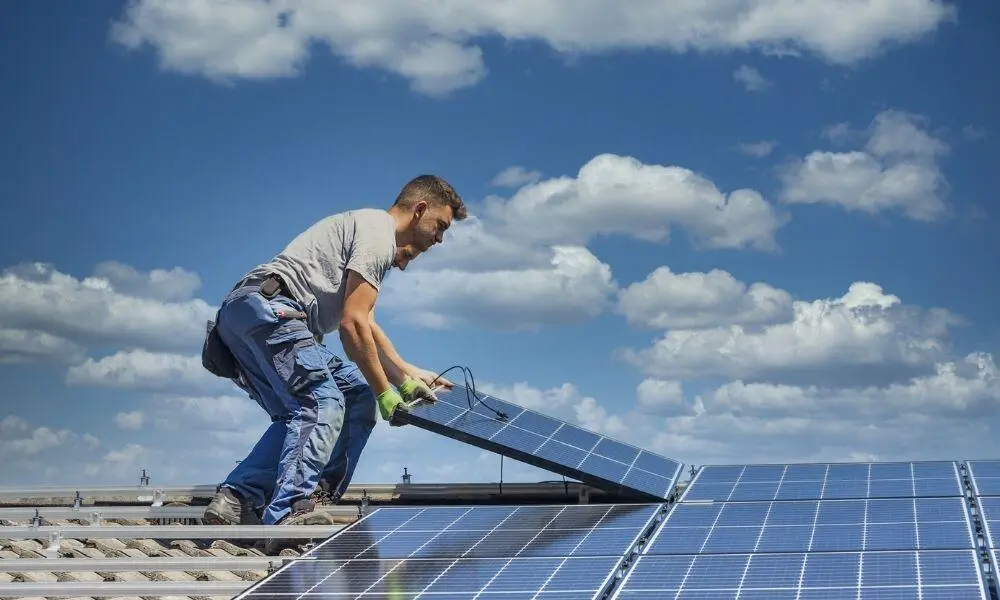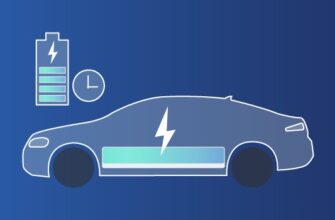
Reduce your solar costs with rebates and incentives
We’ve been discussing the costs that go into a solar installation, but it’s also critical to think about how you may save money with solar rebates and incentives. You may recoup the cost of a solar system through tax credits, cash rebates, performance-based incentives (PBIs), and energy credits, among other methods. Since utilities, localities, and states all often provide their own solar incentives to residents residing in their service regions, the availability of these incentives nearly always depends on where you live.
The federal solar tax credit: solar’s best incentive
The federal solar tax credit, often known as the investment tax credit, is the biggest incentive in the nation for adopting solar (ITC). There is no restriction on the amount of this incentive, which enables you to deduct up to 26 percent of the cost of installing solar panels from your federal taxes. For instance, a 10 kW system costs $27,600 at the national average price ($2.76/W). The ITC, on the other hand, would allow you to deduct $26% of that expense, or $7,176, from your taxes. This effectively brings your system’s price down to the $20,424 figure we mentioned at the beginning of this post.
How do you pay for a solar panel installation?
It’s time to decide how you’ll pay for solar now that you know how much it will cost for your particular project. A cash purchase, a solar loan, or a solar lease/power purchase agreement are the three main ways to pay for a solar panel installation.
In general, if you want to optimize your solar savings, have enough tax obligation to benefit from the solar tax credit, or have the cash on hand to pay for a solar panel system up front, a cash purchase is the best option for you.
If you don’t want to fork over the money necessary to pay for a solar panel system up front, you still want to save as much money as you can on your power bills, and you want to be eligible for all incentives and rebates, a solar loan may be the correct choice for you.
If you would rather that someone else manage and maintain the system, if you are not qualified for tax advantages, or if you just want to lower and/or lock-in your monthly power price, a solar lease or PPA is the correct choice for you.
How does a solar panel installation work?
Solar panel installation is a process that must be followed before they can start supplying your home with electricity. It normally takes between one and three months from the day you sign your contract with your installer until your solar panels are grid-connected and generating electricity for your house. The five steps for installing solar panels are described below:
1. Choosing and order your equipment
Selecting your solar panels and inverters is the first stage in a solar installation; make sure with your contractor so they can purchase everything for you. Solar panels and inverters are the two main parts you must assess for your system. Most homeowners will utilize durability, efficiency, and beauty as their main criteria when evaluating the various manufacturers (other than price). Our guide on selecting solar equipment has further information.
2. Engineering site visit
An engineer (usually an employee or subcontractor of the installer you’re dealing with) will visit your property after you sign your solar contract to examine your home and ensure that everything is suitable with your new solar system.
The engineer will inspect your roof during the visit to make sure it is structurally sound. Additionally, they will examine your electrical panel, the gray box in your basement, to see whether an update is necessary.
3. Permits and documentation
Installing solar panels includes a ton of paperwork, just like any significant financial choice. Fortunately, the installation takes care of the majority of this paperwork. They will assist you in submitting solar incentive applications and completing the necessary paperwork for a legal solar installation.
4. Solar installation: the big day
Every solar homeowner who wishes to rely on renewable energy rather than a utility provider looks forward to the installation day. The actual installation day is broken down into numerous parts, including racking your roof, installing wiring, positioning panels and inverters, and connecting everything. Depending entirely on the size of the system you’re installing, the installation time will range from one to three days.
5. Approval and interconnection
Flipping the switch, so to speak, and starting to generate power from your rooftop is the last stage in becoming solar. A local government official will need to assess the installation and grant their permission before you can connect your solar panels to the electrical grid. The representative will effectively double-check your installer’s work throughout this inspection. He or she will check to make sure the electrical wiring was done properly, the mounting was securely fastened, and the entire installation complies with the required electrical and roof setback requirements.








